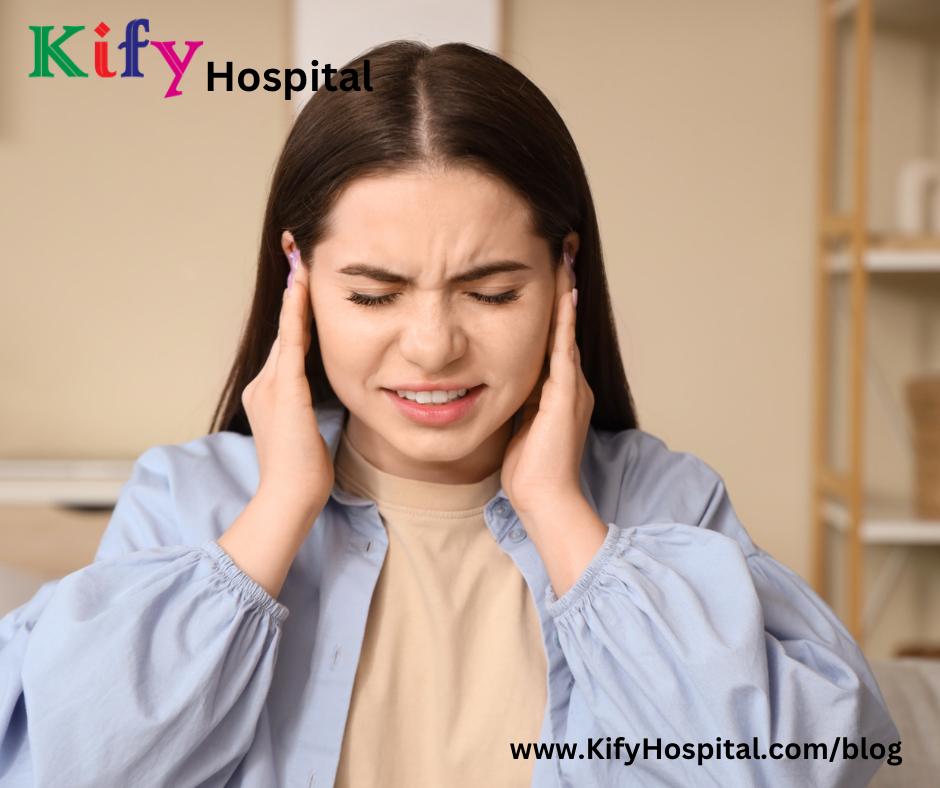ECMO Extracorporeal Membrane Oxygenation
- Dr. Karuturi Subrahmanyam

- Jan 30, 2023
- 2 min read
Updated: May 1, 2023

ECMO, or extracorporeal membrane oxygenation, is a medical treatment that helps support the breathing and circulation of critically ill patients. In simple terms, ECMO acts as an artificial heart and lung, providing oxygen to the body and removing carbon dioxide when a patient's own heart and lungs are unable to do so.
Here is what you need to know about ECMO:
Purpose: ECMO is used to treat patients with life-threatening heart and lung conditions, such as heart failure, severe pneumonia, and acute respiratory distress syndrome (ARDS). It is used as a last resort when other treatments have failed.
How it works: ECMO works by removing blood from the patient's body and circulating it through a machine that adds oxygen and removes carbon dioxide. The oxygen-rich blood is then returned to the patient's body.
Risks and side effects: As with any medical procedure, ECMO has risks and side effects. Some of the most common include bleeding, infection, and blood clots. There is also a risk of damage to the blood vessels and organs.
Duration of treatment: The length of ECMO treatment varies from patient to patient, depending on the severity of their illness and how quickly they recover. On average, ECMO treatment lasts between 4 to 21 days.
Aftercare: After ECMO treatment, patients may need additional care and rehabilitation, such as physical therapy, to help them recover their strength and mobility.
In conclusion, ECMO is a lifesaving treatment that provides critically ill patients with a chance to recover when other treatments have failed. If you or a loved one is facing an ECMO procedure, it's important to understand the risks, benefits, and what to expect during and after treatment. If you have any questions or concerns, be sure to talk to your doctor.
Difference between ECMO and Ventilator
ECMO (Extracorporeal Membrane Oxygenation) and Ventilator are two life-saving medical devices used in critical care. Both are used to help patients breathe when they are unable to do so on their own.
Here's a brief overview of the differences between ECMO and Ventilators:
ECMO:
ECMO is a more invasive form of life support that circulates blood outside the body through an artificial lung, allowing for oxygenation and removal of carbon dioxide.
It is typically used for patients with severe lung injury or heart failure when other forms of life support have failed.
ECMO is a temporary solution that is typically used for several days to several weeks until the patient’s lungs or heart recover.
Ventilator:
A ventilator is a machine that provides breaths to a patient through a tube placed in the airway.
It can be used to treat a variety of respiratory conditions, including acute respiratory distress syndrome, pneumonia, and chronic obstructive pulmonary disease.
Ventilators are less invasive than ECMO and can be used for shorter or longer periods of time, depending on the patient's need.
In conclusion, ECMO and Ventilators are important tools in critical care medicine. The choice of which to use depends on the patient's specific medical needs and the severity of their illness. If you or a loved one require either ECMO or Ventilator support, it is important to discuss the options and the risks and benefits with your doctor.
Dr. Karuturi Subrahmanyam, MD, FRCP (London), FACP (USA)
Internal Medicine Specialist
Kify Hospital
Danavaipeta
Rajahmundry
Phone : 85000 23456




Comments